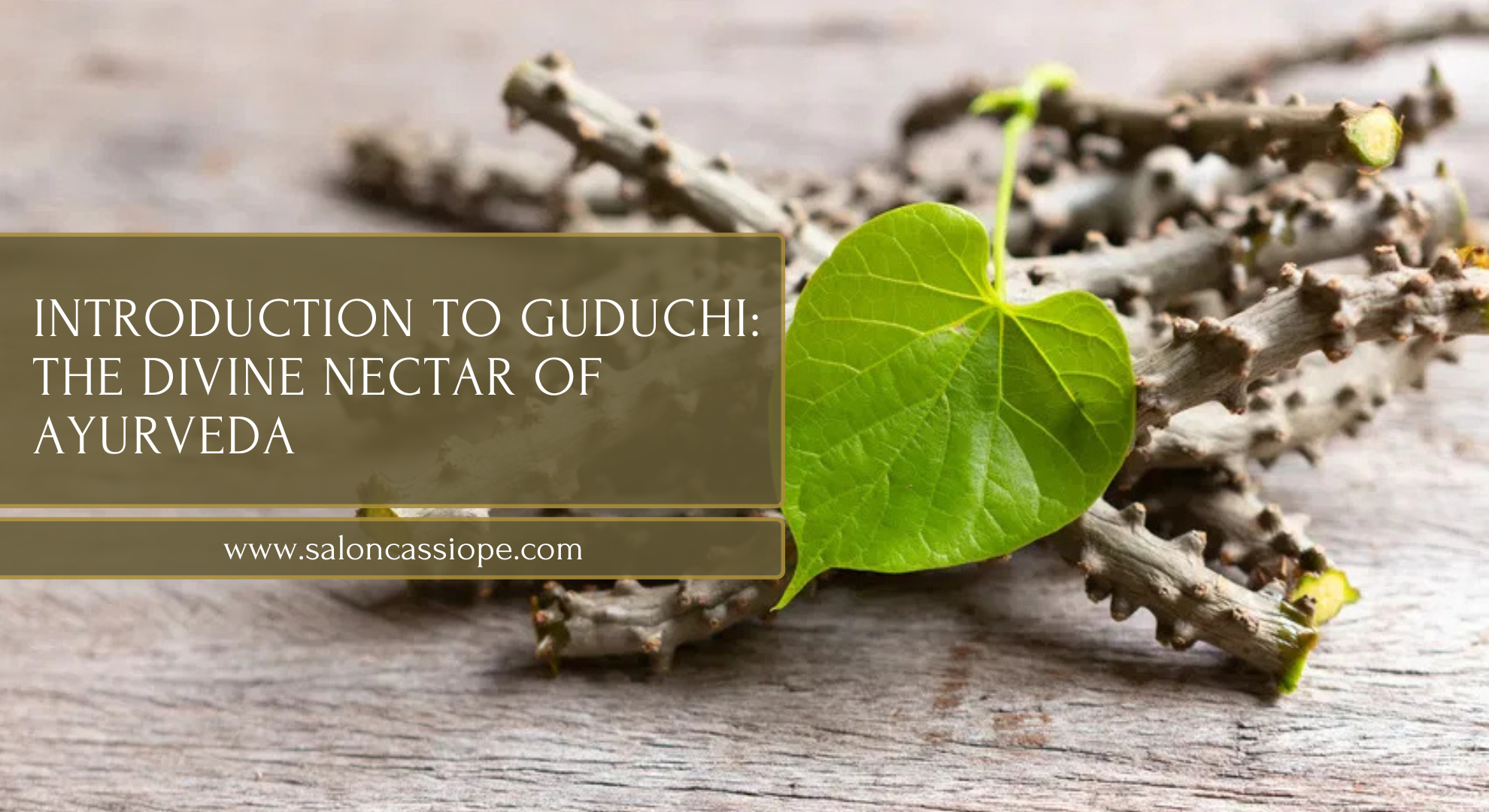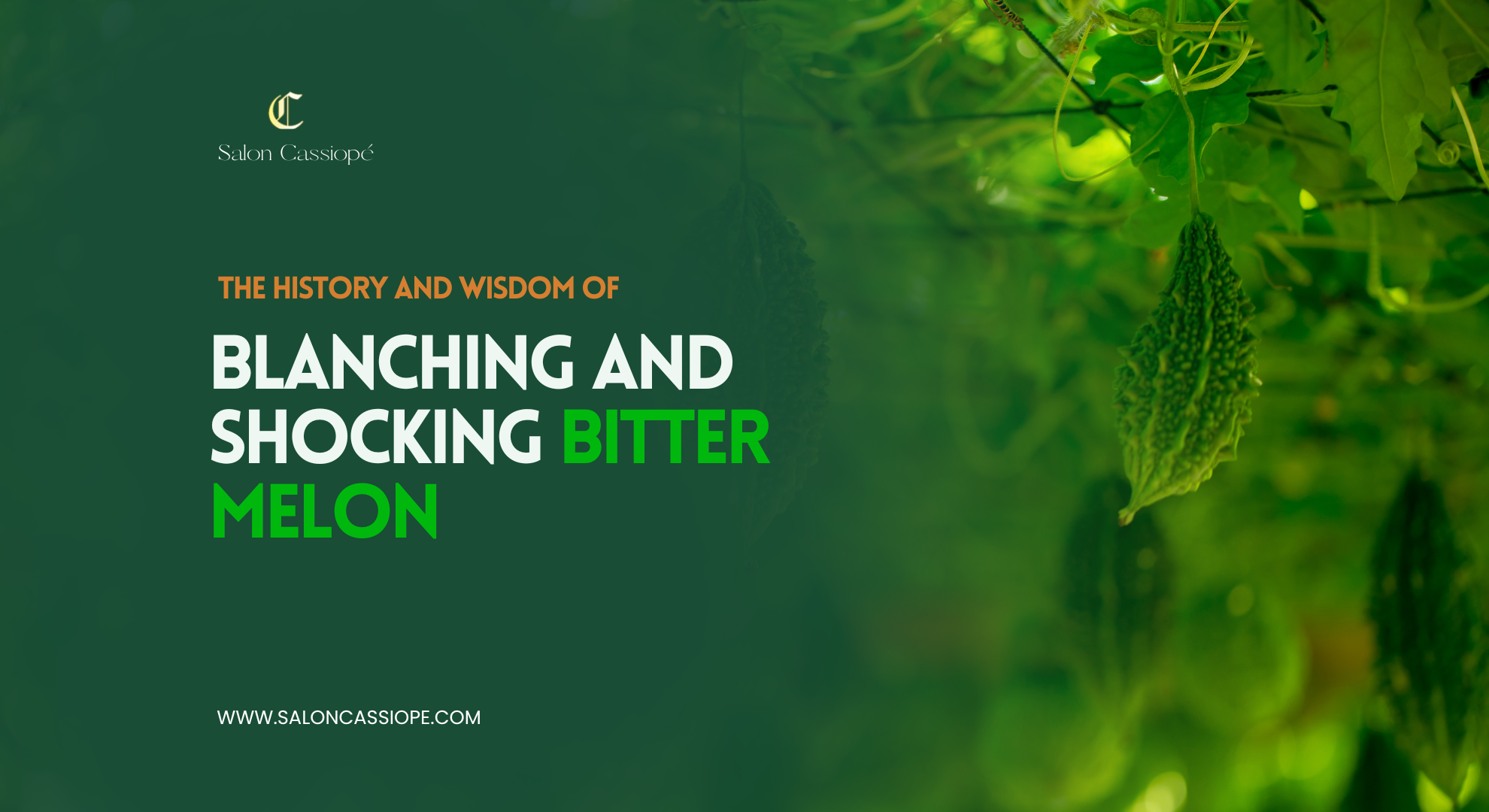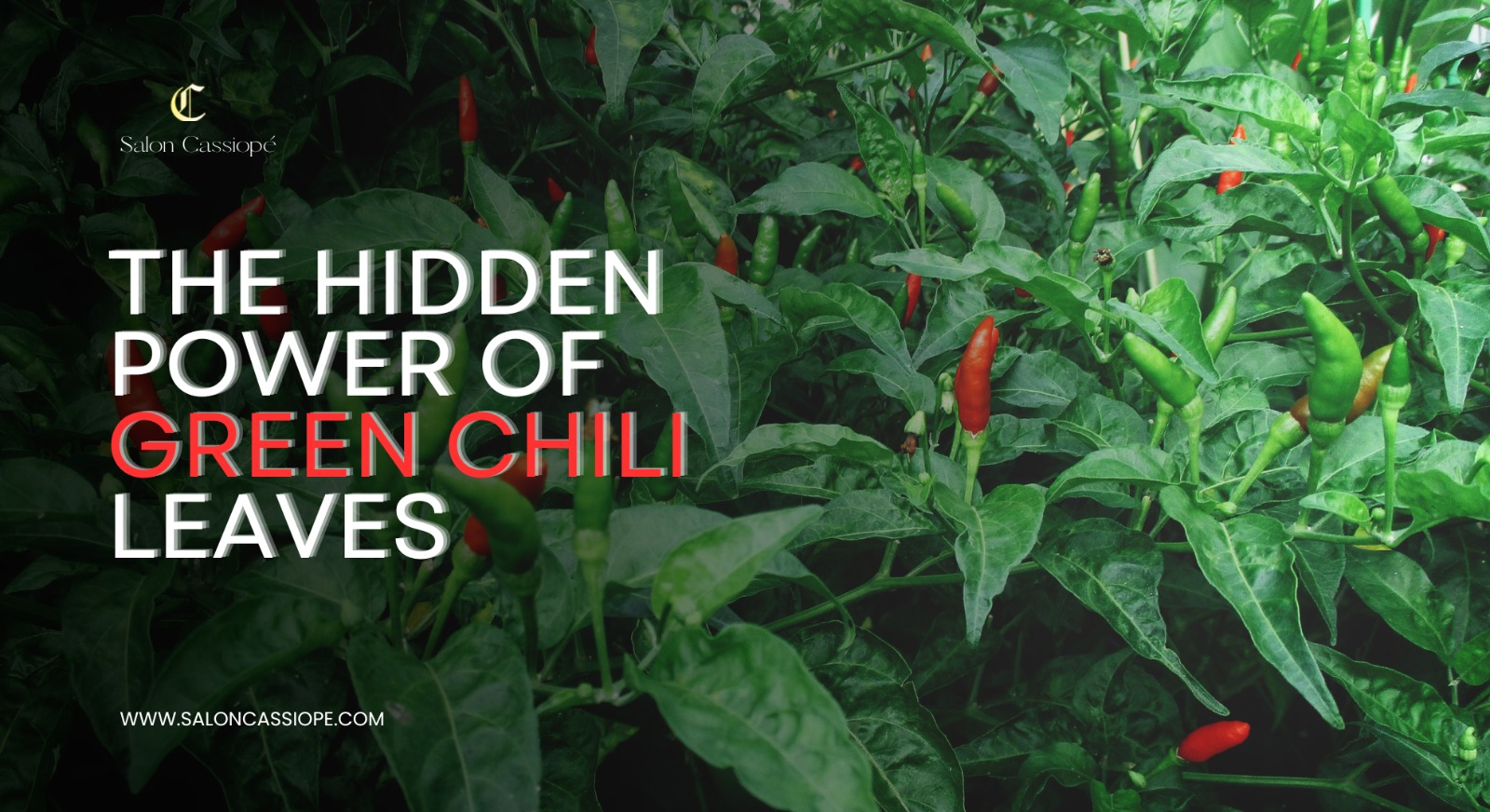Prone to oily skin
Pitta skin is prone to acne, blackheads, and whiteheads. The oiliness of this skin type is unique in that it’s not just a matter of excess sebum production; instead, the sebaceous glands are overactive, which leads to increased oil production. This results in enlarged pores and greasy hair that can be difficult to control.
The hot summer temperatures can create problems for Pitta individuals’ skin because they’re unable to sweat efficiently—they tend to sweat more on the inside than on their outer surfaces.
So when they try too hard during exercise or other physical activity (or even during hot weather), their bodies have difficulty simultaneously cooling down internally and externally.
over-consumption of foods
Rich in fats and sugars, or overeating of any food type at one time, can create Pitta imbalances.
This is because Pitta dosha is influenced by the digestive fire (Agni) housed in the stomach.
When Agni becomes weakened due to poor diet and lifestyle choices, it cannot digest food properly and efficiently; instead, it becomes overactive and starts burning nutrients before they’re absorbed into your body. If this happens consistently, There is occasional weight gain.
If your body consists of Pitta and Kapha, you may gain weight in the abdomen and lower body. Pitta-type people tend to gain weight around the middle, while Kapha-type people gain weight in their lower half.
The occasional weight gain of people with Pitta and Kapha can be due to the accumulation of toxins in their system.
water retention
The tendency to retain water is a common characteristic shared by a combination of Pitta and Kapha, but it manifests in different ways.
For Pittas, heat increases the retention of water as well as leads to dehydration. Pitta individuals tend to have more difficulty with bloating than Kapha individuals.
However, Kapha people also tend to retain water due to the excess mucus build-up in their systems which can cause a feeling of fullness or heaviness in the abdomen.
acne
Numerous millions of people around the world suffer from acne, a common skin condition. It’s characterized by pimples and blackheads and can be caused by clogged pores.
Acne is common for people with this combination of Pitta / Kapha due to the fact that they tend to have an excess of heat in their bodies.
Acne can be treated with medication and herbal remedies depending the choices of the individual, but it’s best to understand the underlying causes first to prevent it from happening again.
Self-care tips for this individual
Their top self-care tip is to move their bodies in ways that stimulate blood and lymph circulation and practice seasonal cleanse or intermittent fasting every few months.
Conclusion
Many people are primarily Vata, Pitta, or Kapha, but if you take a dosha test and find that your scores for two dosha types are equal or very close, you are most likely a combination of the two.
When this is the case, paying attention to both doshas is essential. If you have a combination dosha, it’s best to work on the way to keep them balanced rather than trying to focus on one dosha. This can be done with diet, exercise, and lifestyle changes.





